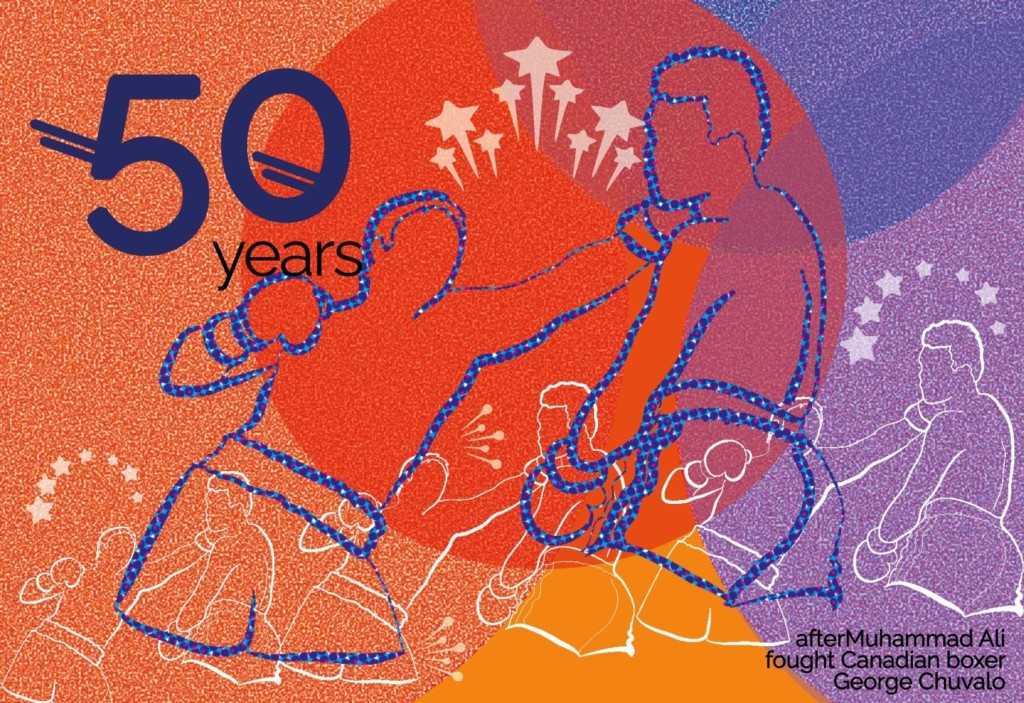Data complied around printing consumption at the college
By Katie Czenczek, News Editor
If you were to lay down each piece of paper printed at Douglas College in a row, the trail would be long enough to span from Victoria, BC to Sydney, NS.
In April, based on meetings between the Senior Management Team and the Learning Technology Steering Committee, the Douglas College Printing Working Group officially began. The intention of the group was to gather data surrounding printers on campuses. Some of the data the group looked at included how much paper is being consumed, how many printers are working, and what other universities are doing.
The group is co-chaired by Sarah Dench and Trish Rosseel, with representatives from the DSU, staff, and faculty who were included in the conversation to get a good sense of printing on campus.
Rosseel, Director of Learning Resources and Records Management, said in an interview with the Other Press that from April until now the main focus has been to gather information.
“We just wanted a clear picture of what’s currently happening at the College in terms of printing,” she said. “We gathered information about how much we print each year and how that relates to stakeholder groups, and how much paper is recycled this year. Unfortunately, we couldn’t get a good defined number because mixed paper is combined.”
From the information the group gathered, it is estimated that more than 22 million pieces of paper were printed at Douglas College in the year 2017. Rosseel said that she was surprised at how much paper the college goes through yearly.
“When we saw that piece of information, we were quite astounded. It seemed like a lot to visualize. In order to make that more tangible, I was just thinking about the distance. When you think of a standard sheet of paper, the fact that it crosses the country is a lot.”
According to the
Britanny de la Cruz, a second-year Nursing student at Douglas College, said in an interview with the Other Press that she prints a lot of paper for her classes and gave a rough estimate of how much she prints per semester.
“In science courses especially […] [the stacks of paper] are thick,” she said. “I guess around 1000 sheets per semester. I try to keep it double-sided so it’s less. Such a waste too—like you only use it for the one class and then it’s all recycled afterwards.”
In addition, Cruz said that she chooses to print because she prefers it to looking at a screen.
“They give it as an option, but it’s so much more easier to study. [It] hurts your eyes less, but it is a lot of paper.”
According to multiple studies complied by Caroline Myrberg and Ninna Wiberg in Insights, reading off of screens is not worse for your health than it is to read off of paper, but they found that people do need to take breaks from looking at a screen after a while.
There were mixed results over whether or not people retain more information via paper or screens. One of the studies mentioned in Myrberg and Wiberg’s article found that students did retain more information on paper, but this did not take into account a student’s practiced preferred mode of studying.
Rosseel said that once the Printing Working Group finishes compiling data for Douglas College, the plan is to send formal recommendations back to the Senior Management Team for practices and technology to make printing less consumptive. These recommendations are expected to be made by early 2019.
“We will have recommendations for targets for waste reduction,” said Rosseel. “If in 2017 we printed 22 million pages, what might be our goal five years from now?”
Nathalie Schapansky, a French professor at Douglas College, said that marking on a computer is more difficult than it is on paper.
“I have four classes of about 45 students or so,” she said. “Staring at the computer to mark all of their assignments is really hard on the eyes. You also just can’t catch errors as easily as you do on paper. I do post things on Blackboard but have found that many students don’t check it, so I end up printing out the assignments anyway.”
Rosseel said that it’s also about changing people’s perceptions of printing and to get people thinking about the impacts it has on the environment.
“I think that all of us are concerned about the environment in some way,” she said. “We might have different opinions on it, but just the day-to-day things we don’t think about. It’s a matter of creating new habits.”


